20+ Years Experience
Specialist Business Insolvency Company

Get in Touch Today to Speak to a Specialist Adviser
Members Voluntary Liquidation (MVL) is a process that lets shareholders decide to appoint a liquidator to close down a solvent company.
This liquidation process involves releasing all company assets and taking care of outstanding creditors, then distributing money to shareholders based on their shares within the company.
An insolvent company is any company with sufficient assets to repay creditors while still having money to pay shareholders.
While the MVL process has to be initiated by the company directors, it requires at least 75% of shareholders to vote in its favour and begin a winding-up application.
Our experts understand the liquidation process and can offer the expertise you need to close down solvent companies effectively. Contact us to learn more.
Members’ Voluntary Liquidation can be used for a range of reasons. Some companies use it as an exit strategy to cease trading effectively, allowing shareholders to release themselves from the company without any tax issues.
This can make members’ voluntary liquidation more beneficial than other liquidation options.
Sometimes shareholders want to split the company’s assets (or close the company’s affairs) for future use or to get rid of a company that has already left the company register by winding down its trading.
One of the most common uses for members’ voluntary liquidation is that more than one director wishes to retire or re-enter full-time employment.
In many other cases, the MVL process is used to restructure a company, such as moving a subsidiary company’s accounts and assets to its solvent limited company parent.
Members voluntary liquidation (MVL) is used to liquidate a solvent company and fair distribution of its assets.
CVL is when directors choose liquidation rather than waiting for compulsory liquidation.
To start the MVL process, a winding-up resolution can be passed at a shareholder meeting or used as a written resolution.
The board of directors meeting looks into appointing a licensed insolvency practitioner and any other relevant agents, then makes a statutory declaration of solvency signed by most company directors.
All relevant parties must be aware of the decision to undergo Members’ Voluntary Liquidation (MVL).
This includes the company’s shareholders, affected employees, and unpaid creditors. If the company still has debts, the directors need to investigate the company’s assets and judge that the debts will be paid (with interest) within twelve months of liquidation.
At least 75% of shareholders must consent to the proposed members’ voluntary liquidation (MVL) process. Alternatively, a meeting can take place for the company’s shareholders to discuss the process unless 90% of shareholders agree on short notice.
Specific steps must also be taken with Companies House to ensure that the business can be removed from the record. Once the directors have liquidated the business, ceased trading and satisfying creditor claims, the company is fully removed.
This is also where the liquidator needs to advertise for creditor claims and other objections to the process.
Creditors can object if there are legal disputes they have with the business. In some circumstances, creditors can object if their debts are not being included or focused on. Targeted anti-avoidance rules mean that a company cannot use the process to avoid all of its debts. Legal proceedings can be taken if it is found that your company used the formal process to dodge creditors.
The appointed liquidator will do most of the basic work for the MVL process. The most important step is to examine the company’s assets and finances. Finance agreements and the monetary value of the company’s assets – along with remaining surplus funds left after contractual obligations and corporation tax returns – need to be examined.
Once the winding-up resolution is passed, liquidation shareholder distributions will be taken from the surplus funds and handed out. In some circumstances, these surplus funds may not also cover creditor debts alongside interest, something that needs to be fixed on a case-by-case basis.
There are tax benefits to using members’ voluntary liquidation. This includes shareholder distributions being treated as a capital distributions, meaning that the process is the most tax-efficient way for shareholders to close the business.
Additionally, MVL makes it easy for directors to close the company. Liquidation commences very quickly, and the company usually ends up paying all its creditors and debts to the government rather than sending the company’s funds and asset value to the crown.
MVL distributions can include Entrepreneurs Relief.
This government scheme leads to reduced capital gains tax on 10% of all qualifying assets earned by shareholders after liquidation commences.
The timeframe for the MVL process can vary heavily. The liquidator has a large part in how long the process takes, but sorting out long-term contractual liabilities and dividend distributions can take a while.
If the company is in financial distress or has many future liabilities, it can take a while before the closing financial statement is produced. Selling off physical assets can also take a while if the equipment or intellectual properties are highly specific and may not have many buyers.
The timeline for this process varies heavily, so it is a good idea to rely on a licensed insolvency practitioner like us. We can ensure you get the process done reasonably, even with delays like a creditor choosing to challenge liquidation shareholder distributions.
There are two core costs associated with this process.
The insolvency practitioner has their own fee, which changes with the case’s complexity and the disbursements used to actually pay for the official confirmation of the liquidation taking place.
If all debts are taken care of, including contingent liabilities, then a licensed insolvency practitioner like us can usually have the assets’ distribution occur within 21 days.
This is the minimum time given for creditors to make claims following liquidation.
Note that this is the absolute best-case scenario. Some cases may require a lot longer, especially for companies with messy paperwork or spread-out assets that may delay the insolvency service.
MVL can be an exit planning tool and a great way to close a company completely.
However, they can also be used to restructure a business or simplify a company with multiple side businesses or subsidiaries. This enables a company to be closed down without negatively impacting the parent company that owned it.
Section 110 of the insolvency act permits MVLs to be used for these purposes. Limited companies can be shut down and have their assets moved to another branch or subsidiary.
This provides a useful way to demerger or divide a company and ensure that assets are not lost after liquidation.
The targeted anti-avoidance rule, or TAAR, is designed to provide rules in case HMRC finds that somebody relied on an MVL to avoid tax and debts.
It is not legal to use an MVL this way – you cannot use it as a tax avoidance measure, and it must be used as a genuine tool for ending the company.
TAAR’s criteria are not clear to most directors, most likely to stop them from skirting the rules.
Suppose HMRC believes you were attempting to gain a tax advantage (either as direct tax benefits or to skirt something like capital gains taxation and corporation tax). In that case, you will be required to pay the tax retroactively, often with additional penalties.
Moneyboxing is another technique that HMRC have taken steps to combat.
Moneyboxing focuses on a company holding excessive profits within the business to gain tax advantages when it closes, often referring to capital gains taxation.
The prevailing taxation criteria on Moneyboxing are similarly harsh.
If a company seems to be breaking these rules, then HMRC will deal with the problem directly. It is a good idea to talk to your insolvency practitioner if you are worried about falling foul of the Moneyboxing rules.
MVL’s are not the only process companies can use to close down. An MVL process can be great for some businesses and bad for others, and choosing the right option is important for getting the best outcome.
MVLs can only be used if a company is a solvent, so insolvent companies need to turn to options like creditors’ voluntary liquidation.
These are formal procedures that do not carry nearly as many benefits, including the tax-efficient nature of MVL and are mostly used when the company cannot afford to pay its liabilities.
If a business does not have many assets actually to liquidate in the first place but is still a solvent company, then dissolution can be a better option.
There is not much point to liquidation if there would be no major profits or business asset disposal relief benefits, especially since it can still open the door for creditor claims.
Dissolving a limited solvent company is a simple process that can be done directly through the Companies House. This ignores complex corporate structures and additional benefits like business asset disposal relief, instead focusing on dissolving the business as quickly as possible.
Dissolution means that the company assets are not retained or used to pay creditors.
Instead, the company breaks down, with the assets transferred to the crown. You can challenge this – as can creditors – but liquidation is usually meant to deconstruct and shut down a company without caring about what happens to its assets.
Unlike liquidation, nobody directly gets money from this process except the crown.
Creditors cannot make claims and receive statutory interest unless they challenge the dissolution, and any assets remaining in the company are lost to the crown. Taxation relief for things like income-based tax does not usually apply, either.
Upon dissolution, a company is removed from the Companies House register and is no longer a legal entity.
Any legal disputes are ended (unless they are with a person), and creditors cannot generally submit claims once the dissolution is fully complete.
Whether you need help with income distribution or filing accounts, having a licensed insolvency practitioner on the project can make it much easier to close your company in a way that benefits you.
As experts in this field, we understand how to manage everything from income tax to the creditors still chasing your company for payment.
Contact us if you are looking for an appointed insolvency practitioner that understands how to help your business, even if you are looking to close it and move on with your life.
Here are some other informative articles about business debt in the UK:

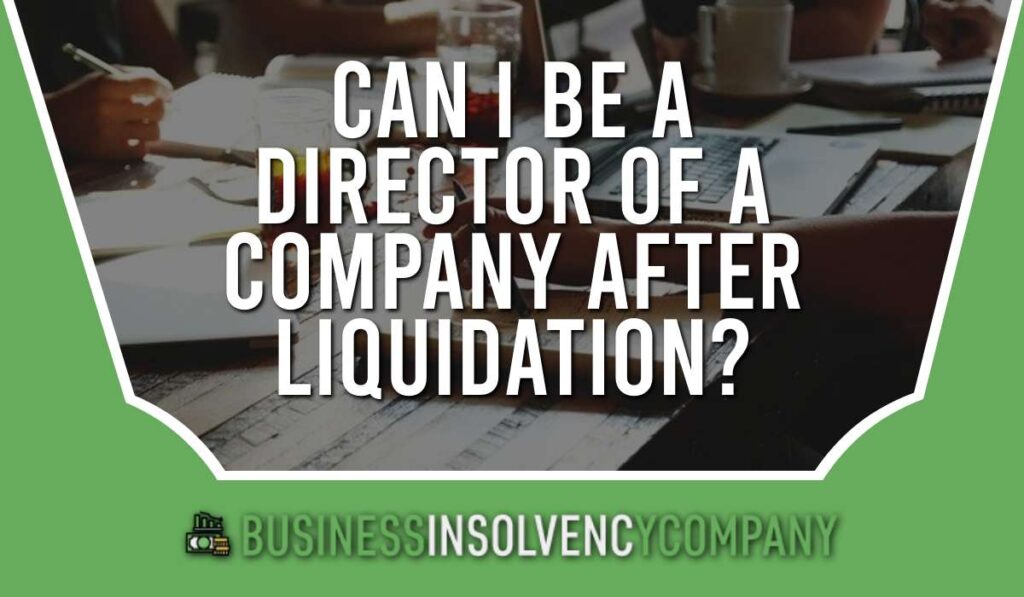


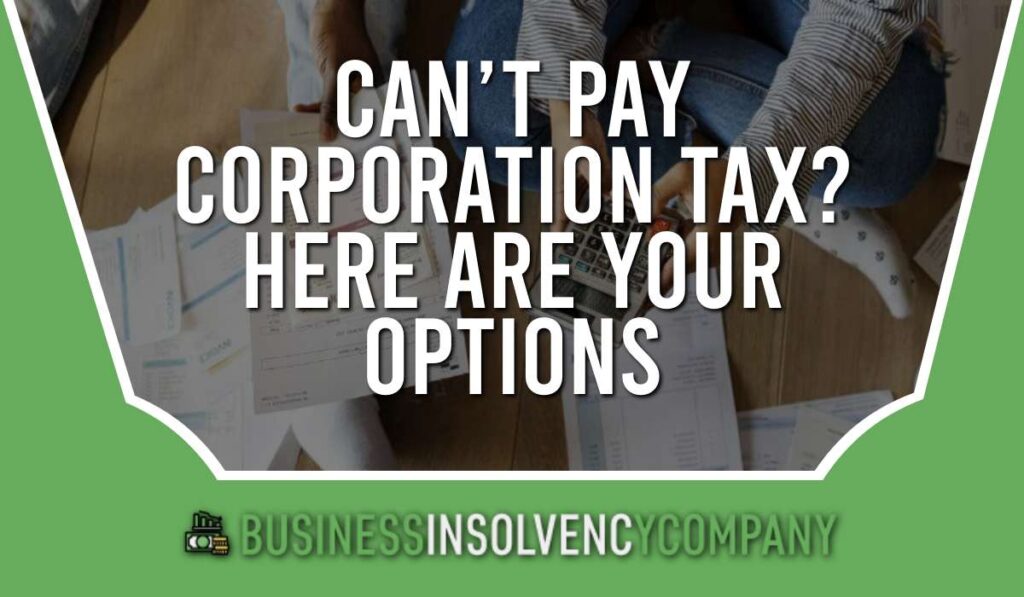
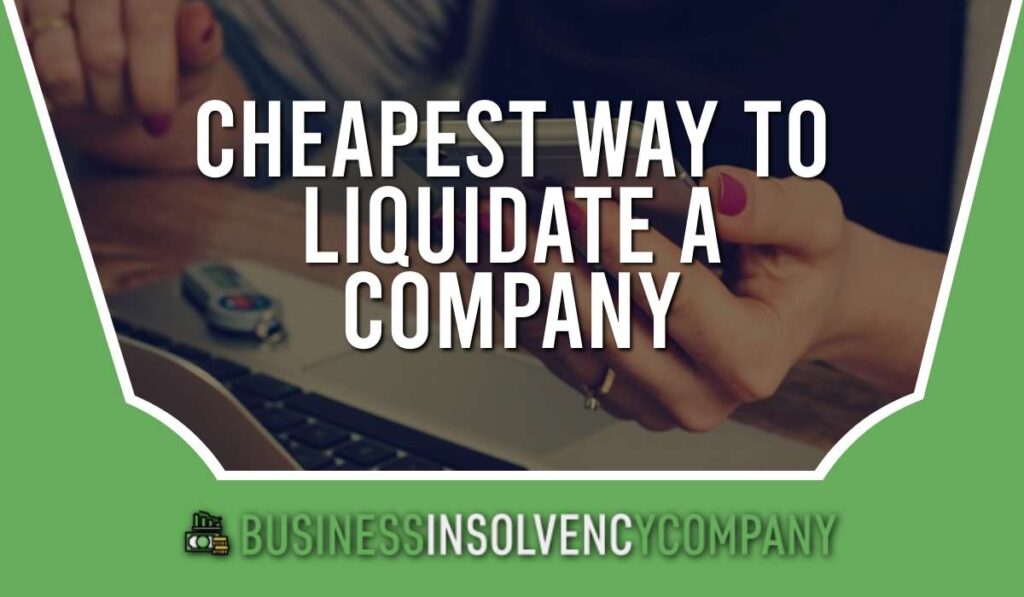
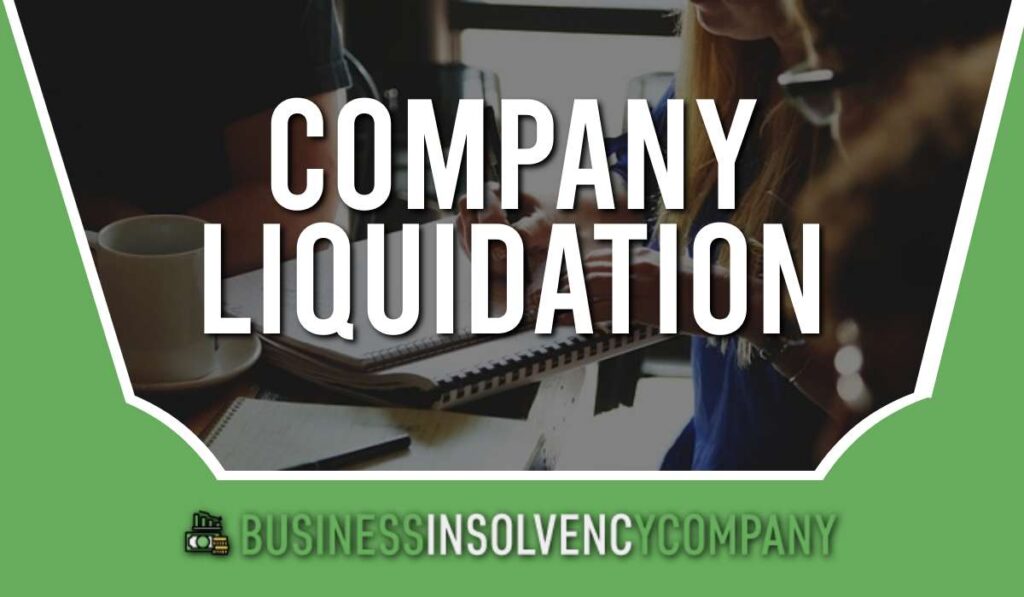
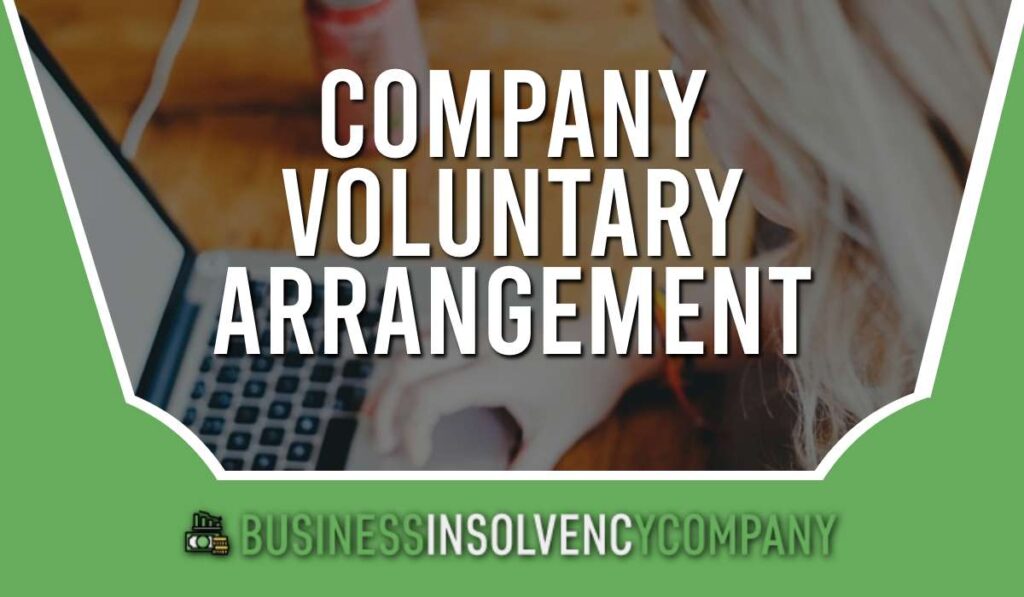

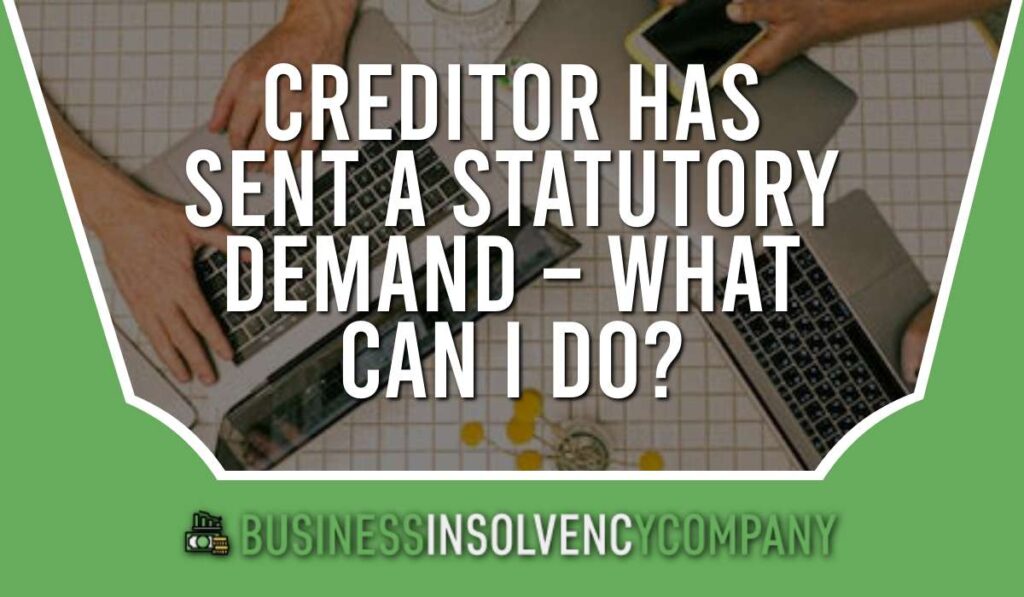
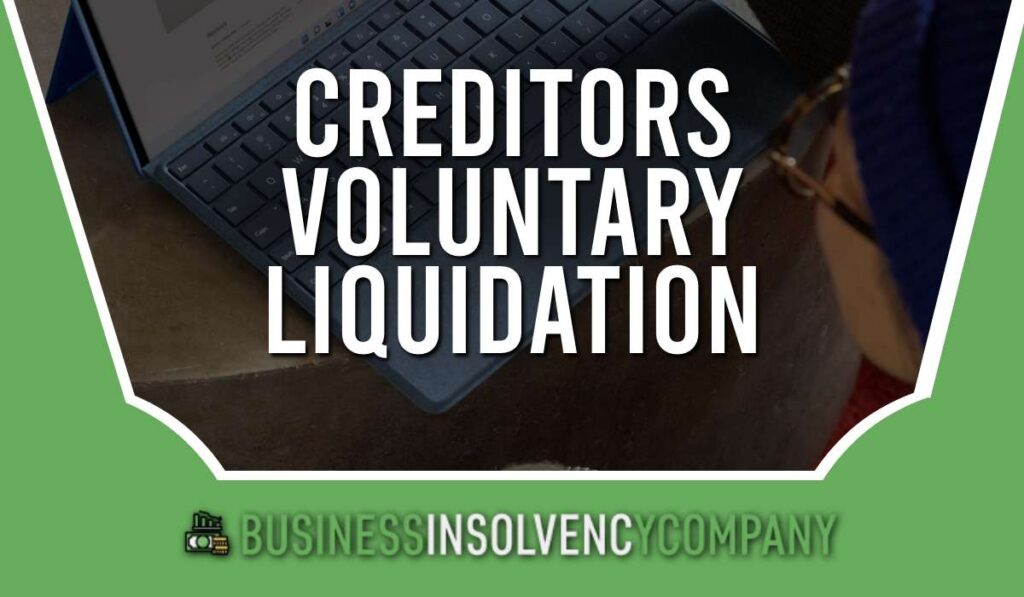
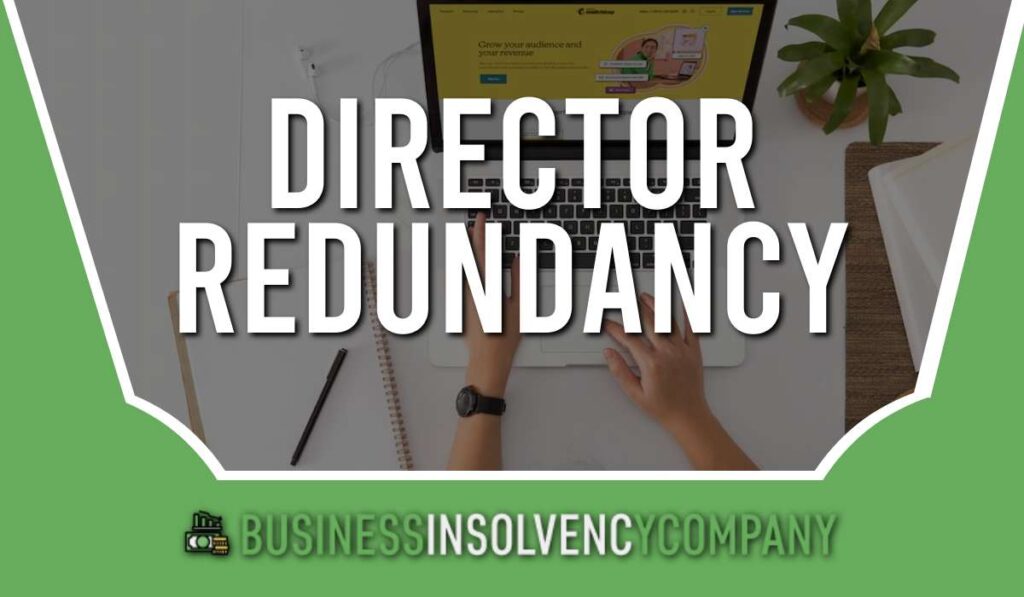
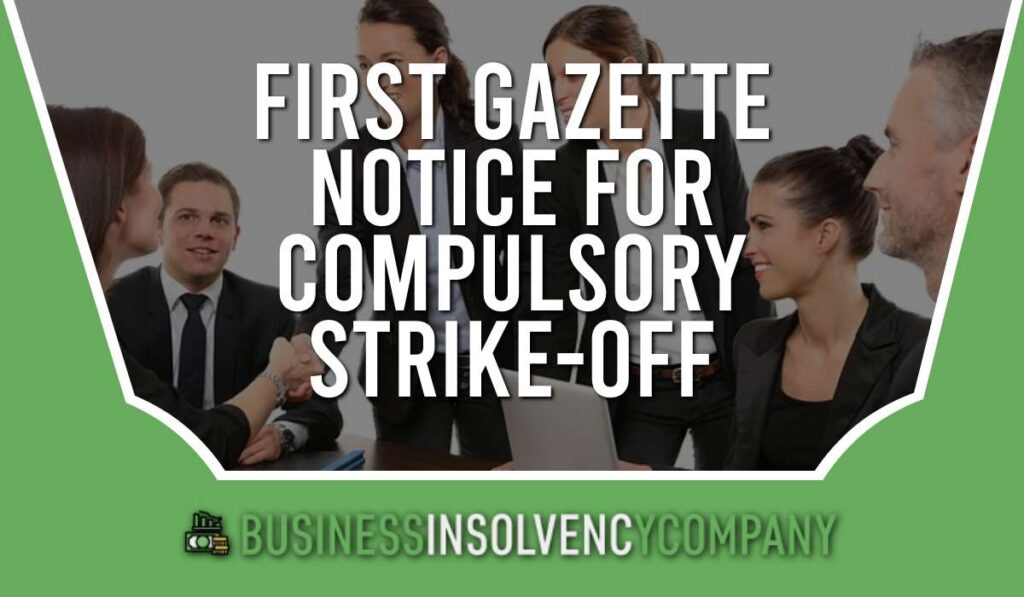
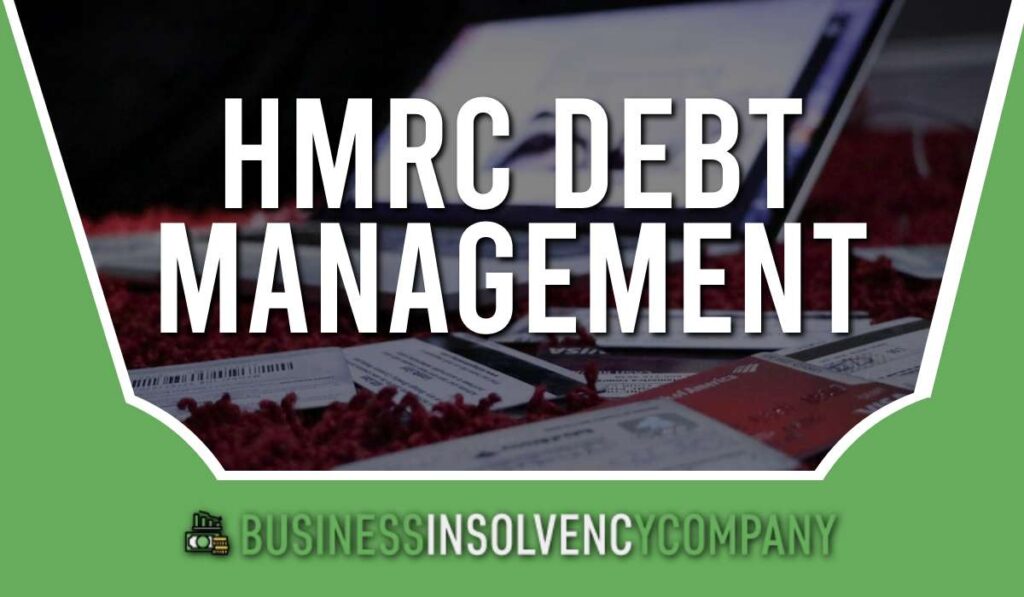

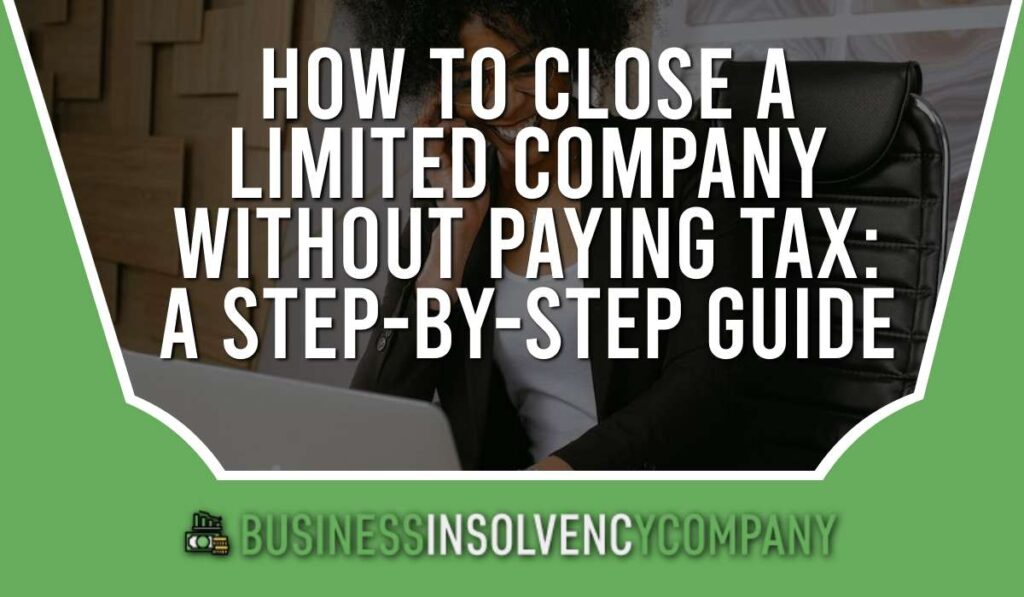
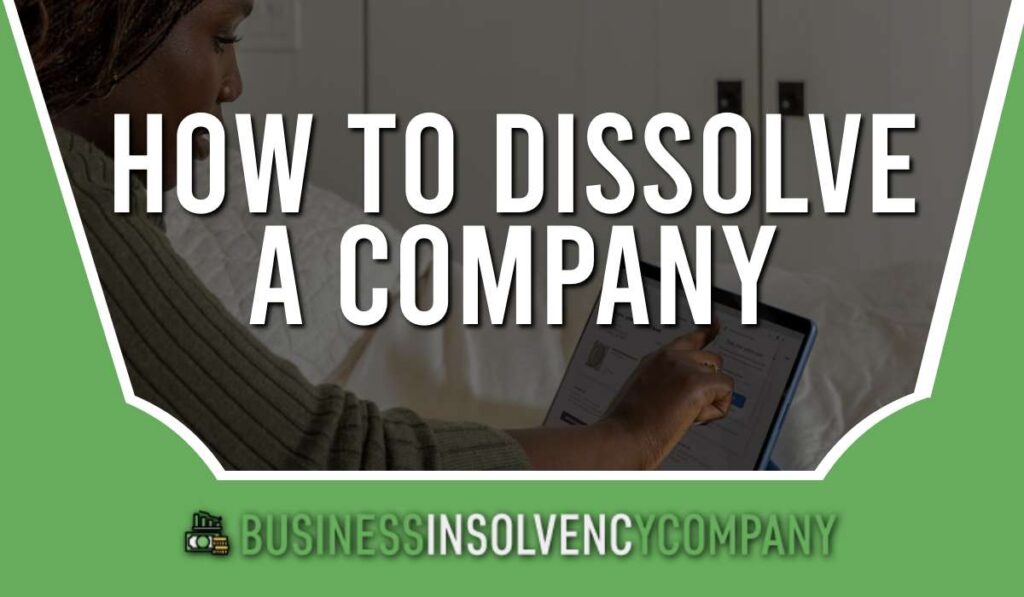










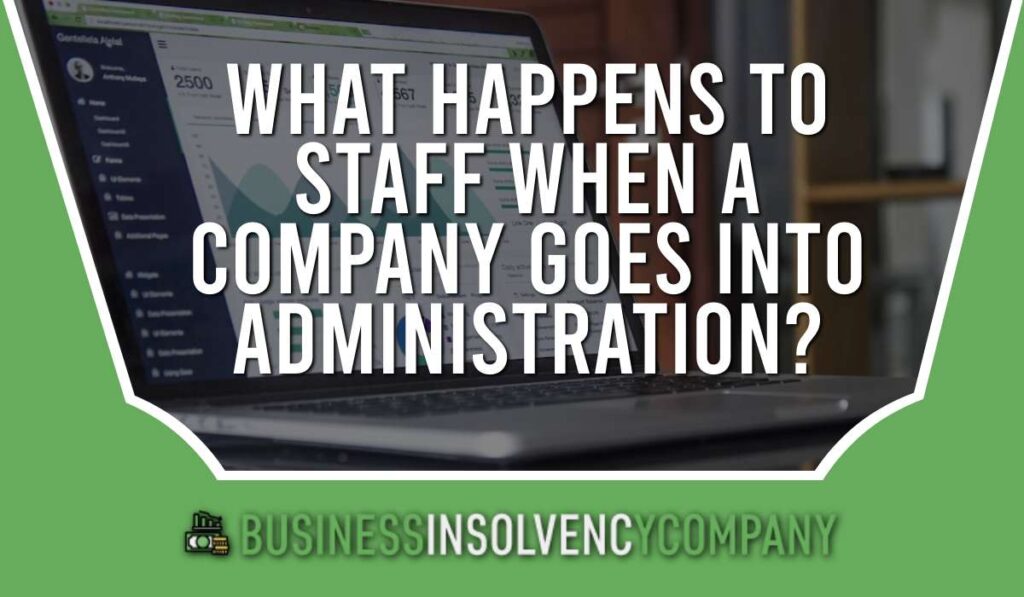

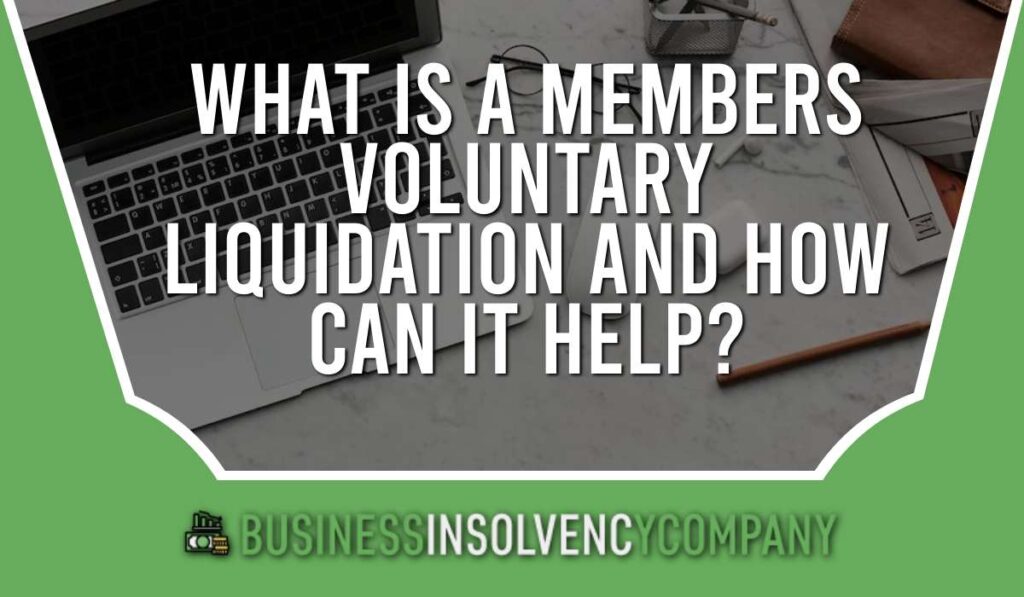



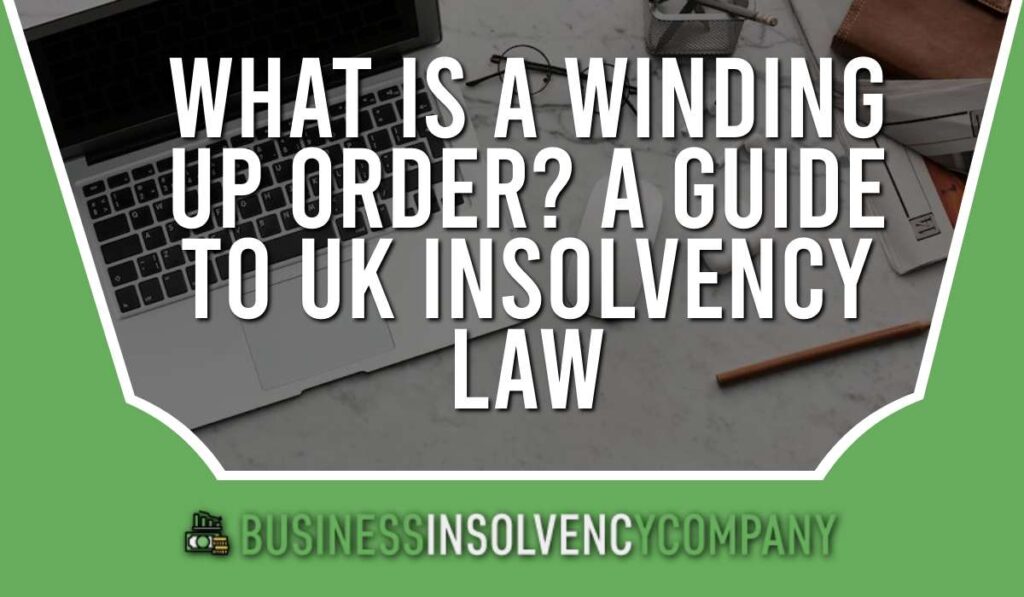




We Aim To Reply To All Enquiries With-in 24-Hours